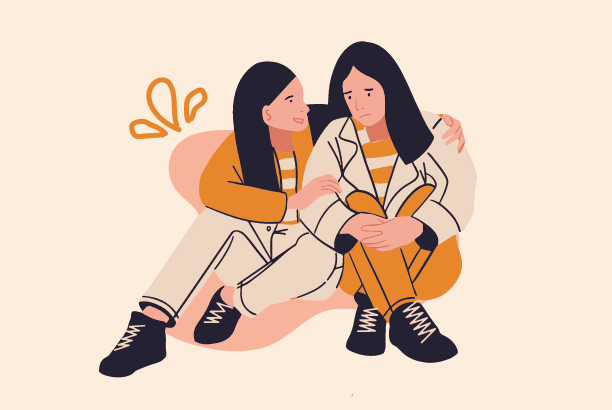When you are designing a project that will promote mindfulness, wellness, and aesthetics, you need to have a clear vision with your colors, fonts, and spacings. The main goal should be to give the audience a sense of calm, comfort, and overall well-being. As a designer, you need to put your psychological and emotional considerations into the aesthetics. Let’s look into some basics that need to be considered when you are designing for wellness.
Color Coordination
Color psychology plays the main role when you are designing for a wellness project and targeting to provide calmness with aesthetics. Soft, muted tones like sage green, dusty pink, and sky blue can have a soothing effect, creating a tranquil atmosphere that encourages relaxation. On the other hand, incorporating natural hues can bring the calming essence of the outdoors inside, promoting a sense of serenity and connection to the environment. Here are some color suggestions that can be considered as main colors when you are making such a design.

Typography and Space
Just as color, font selection is also crucial to make your design promote the significance of wellness. Serif fonts are usually the best choice for their readability, and they impart a sense of stability and comfort. Including this, leaving white spaces is a good practice for wellness design. You don’t have to fill every corner of the artboard with texts and materials. Leave some space for breathing.
Shapes
You have to be mindful while choosing graphical shapes. Incorporating organic shapes and smooth lines can enhance the feeling of a calm design. Also, it is a good practice to avoid harsh angles and rigid geometry, instead use curved edges and irregular forms. This can make designs feel more accessible.
Imagery
The imagery we select as designers can communicate directly to the viewer’s emotional state. Pictures that depict natural landscapes, serene faces, or gentle patterns can help to induce a state of calm in the viewer, reinforcing the wellness theme.
Here are some examples of designing with wellness project.



Designing for wellness is an invitation to explore how our work as graphic designers impacts the world beyond aesthetics. It challenges us to be mindful of the psychological and emotional dimensions of our design choices. Keep in mind that your style of work is going to communicate with someone you possibly won’t ever meet, but it’ll put a big impact on that person’s mind.

